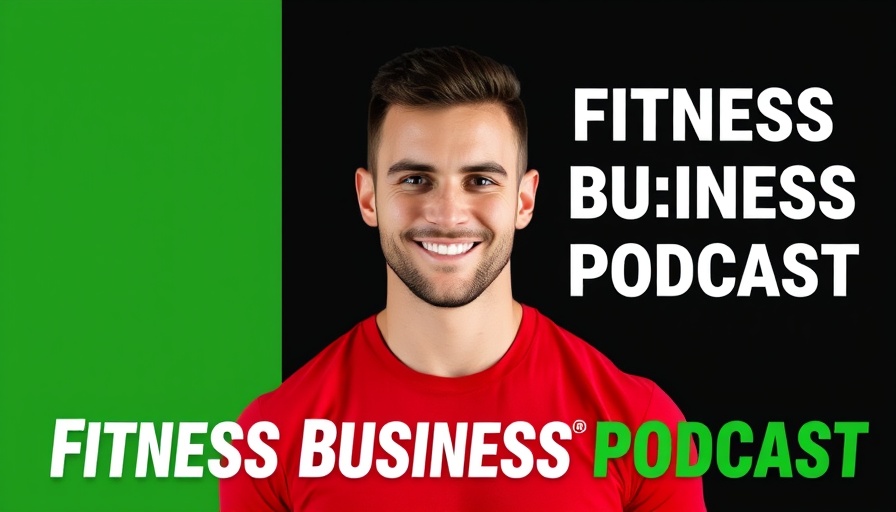
Transforming Lives: The Personal Training Podcast That Inspires
In the heartwarming realm of personal training, where passion meets hard work, the podcast episode featuring Brian Keane and Dr. Patrick Porter stands out as a beacon of motivation. Listeners are not just treated to strategies for business success; they are given a glimpse into how training goes beyond physical fitness to fundamentally transform lives. This rich tapestry of insights from Keane, a seasoned fitness expert, and Porter, a leading psychologist, is a testament to the dynamic interplay between mental resilience and physical wellness.
Bridging Connection: Personal Training and Community Impact
One of the striking points raised in this episode is how personal trainers serve as community pillars. They are often the first to recognize changes in their clients’ lives—celebrating milestones, offering support during tough times, and fostering meaningful relationships. Keane emphasizes the importance of building rapport with clients, which not only enhances their training experience but also strengthens community ties. The podcast highlights stories of clients overcoming challenges, showcasing the human touch that makes personal training incredibly impactful.
Future Trends: The Evolution of Personal Training
As we look to the future of personal training, Porter raises thought-provoking insights about where the industry is heading. Digital platforms and technology are reshaping how trainers interact with clients. Virtual training sessions have surged in popularity, allowing trainers to reach clients beyond geographical boundaries. This advancement presents a wonderful opportunity for trainers to expand their reach while still providing personalized guidance. It also means a supportive community can flourish online, connecting like-minded individuals dedicated to a healthy lifestyle.
Actionable Insights: Marketing Strategies for Growth
Marketing strategies are essential for growth in the competitive fitness landscape, and this episode delves into practical tips that trainers can implement today. From utilizing social media platforms to build brand awareness, to crafting engaging content that showcases success stories, Keane encourages personal trainers to embrace the power of storytelling. By sharing authentic experiences—successes and setbacks alike—they can create relatable content that resonates with potential clients and builds trust.
Embracing Challenges: The Key to Resilience
Both Keane and Porter stress the importance of resilience and adaptability in the fitness industry. The challenges of running a personal training business are numerous—from market saturation to fluctuating client engagement. However, embracing these challenges allows trainers to evolve and refine their methods. By fostering a mindset geared toward learning from setbacks and adapting to new circumstances, trainers can thrive—both for themselves and their clients.
Closing Thoughts: The Heart of Personal Training
The podcast episode featuring Brian Keane and Dr. Patrick Porter is a treasure trove of inspiration, not just for personal trainers but for anyone seeking growth and resilience. It underscores the profound impact that trainers can have on individuals and communities alike. As we listen and learn, let’s remember that the essence of personal training lies in transforming lives and fostering lasting connections.
 Add Row
Add Row  Add
Add 




Write A Comment